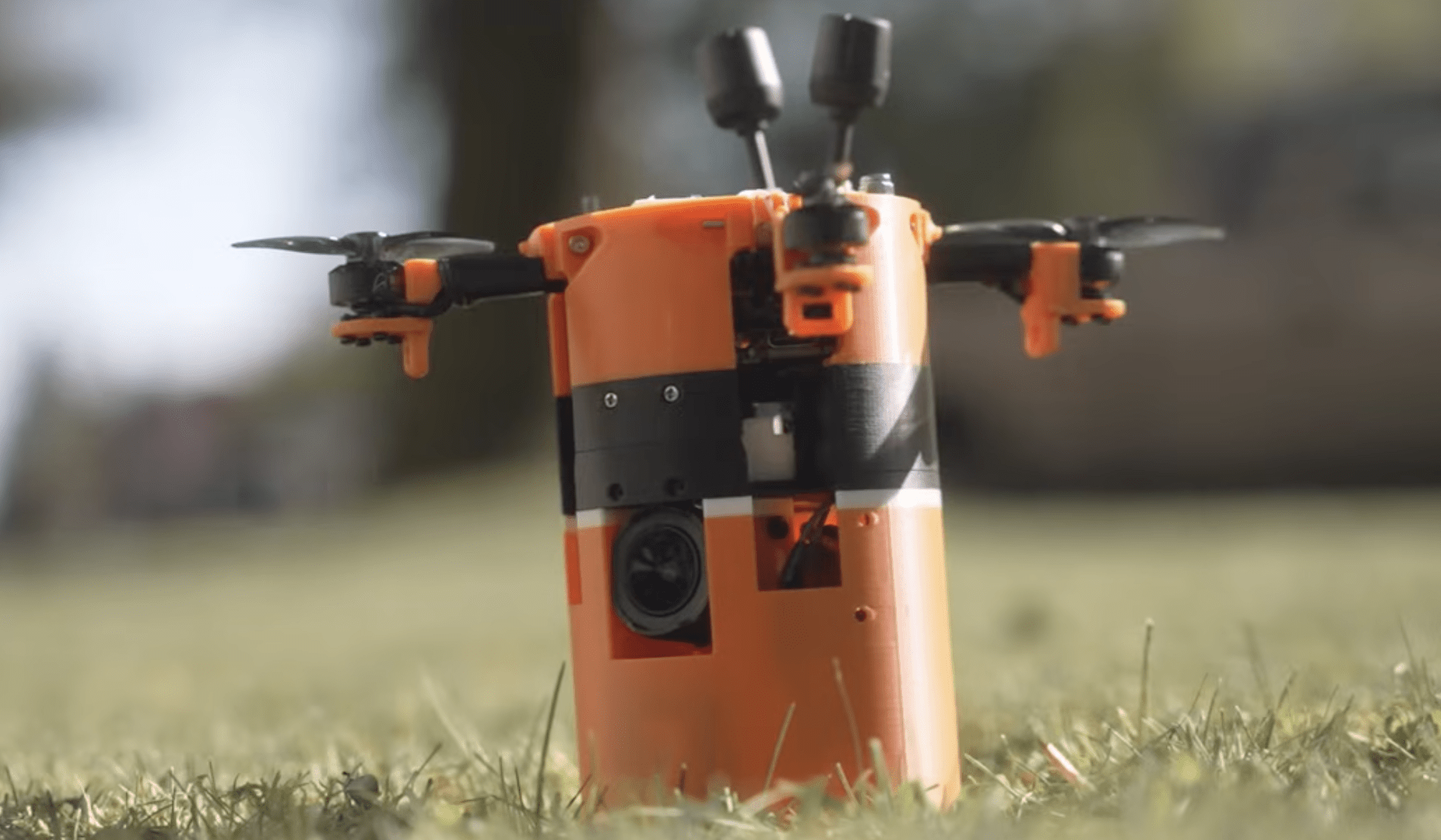A CanSat is a small sensor payload, about the size of a soda can, designed to be launched on a model rocket to relatively low altitudes of around 1km.But while that isn’t anywhere close to leaving the atmosphere, it is very high and CanSats need a way to get back to the ground safely.Most use parachutes, but John of the I Build Stuff YouTube channel gave his CanSat the ability to transform into a drone in order to achieve slow, controlled descents.
The purpose of a CanSat is to gather data affordably.The longer it is in the air, the more data it can gather.By making his CanSat fly like drone, John was able to maximize its time in the air.
That also allows for controlled landing, so the CanSat can touchdown at a desired location — rather than drifting wherever the wind blows, as is the case with traditional parachutes.Because John had to keep the CanSat within that can-sized envelope, he designed the arms to fold down for launch.After the rocket reaches its apex and the CanSat separates, a servo-actuated mechanism deploys the arms.
Those arms support tiny motors and rotors.Most of the rest of the electronic hardware is typical for a DIY drone, but John’s CanSat does have some unique components.There is a DJI FPV video transmission for real-time video, which is helpful for guiding the drone.
And there is an Arduino Nano board to gather data from the provisioned sensors.John can swap out sensor modules to suit a particular mission’s goals and the Arduino will monitor them, then either transmit the data back to a ground station or record it for later retrieval.Aside from some minor piloting errors, John’s first test launch was a success and the CanSat-Drone performed well — both as a rocket-propelled sensor platform and as a drone.









